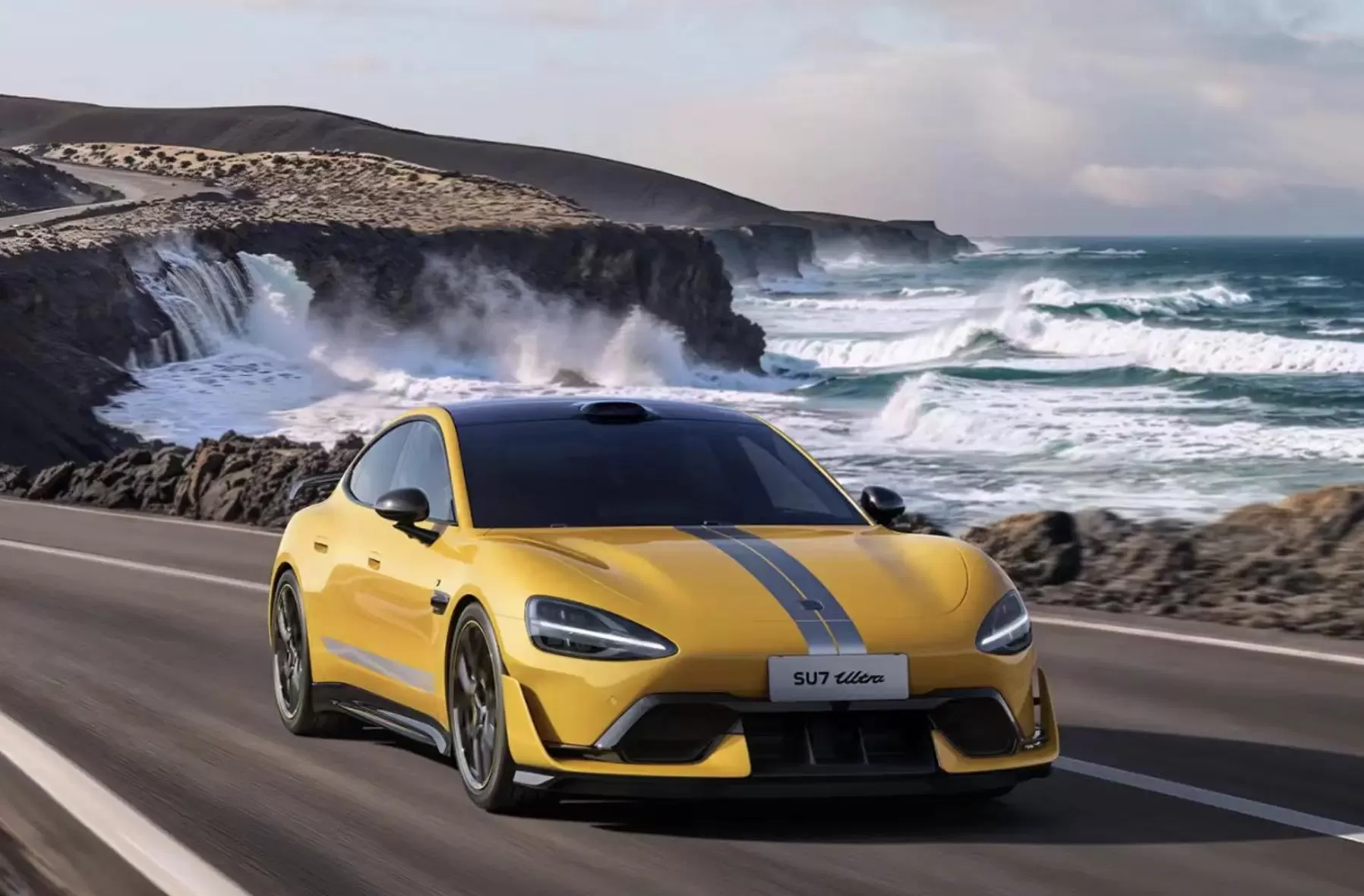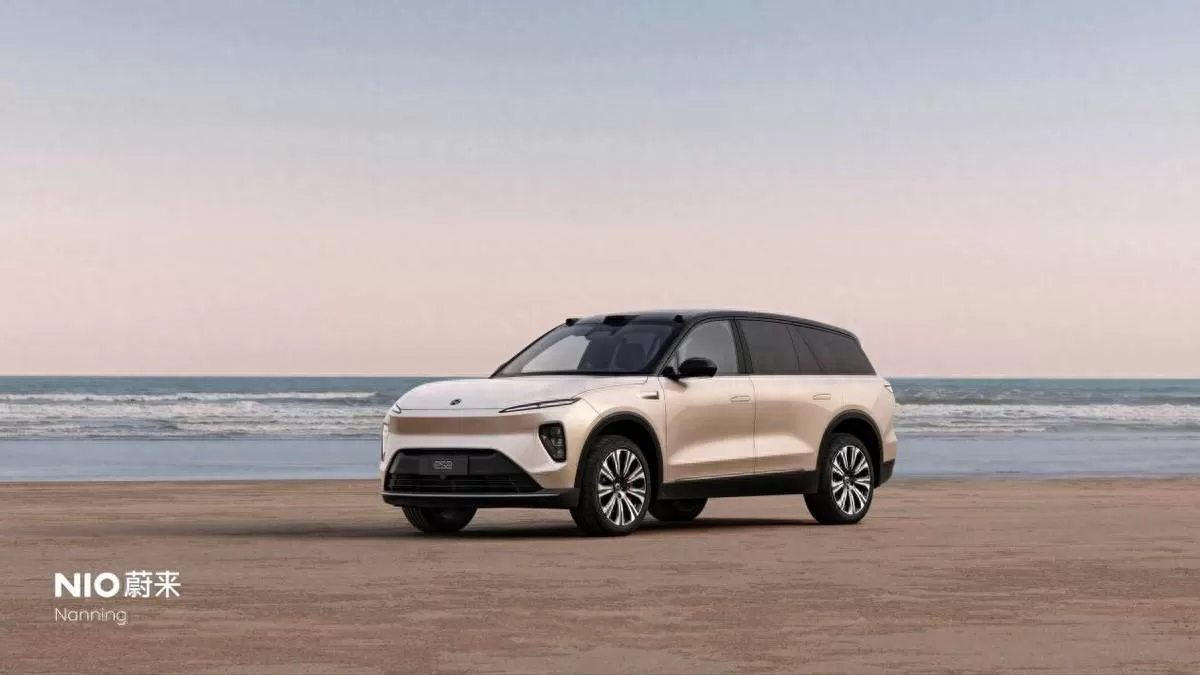In June, I bought my first car, an Audi Q5L 40 TFSI Luxury Dynamic, spending a total of 320.000 yuan. I chose this car for two reasons: first, Audi is considered a top-tier luxury brand, which gives a certain status; and second, luxury cars now offer significant discounts. A car that used to cost nearly 400.000 yuan can now be had for just over 300.000.
I’ve been driving this car for over two months now, and overall, I'm quite satisfied. Firstly, I personally like Audi's design—the classic octagonal grille with a black honeycomb mesh looks very sporty. Although my car is equipped with a 2.0T low-power engine with a maximum horsepower of 190. I feel that the power is sufficient, and the fuel consumption is not too high, around 10 liters per 100 kilometers. Additionally, the car has a spacious interior, more than enough for a family of three.

As for the downsides, I think the car's comfort level is somewhat lacking. The seats are a bit hard, and the rear seatback is quite upright, making long rides uncomfortable. Additionally, the technology in the car is not as advanced as in newer models. The interior design of the Audi Q5L is somewhat outdated, and the in-car system isn’t very smart—I mostly use CarPlay for navigation and other functions.
Last week, a friend of mine bought a new NIO ES6. and during a dinner together, I had the chance to experience his car. I found that the difference between the two vehicles is quite obvious. I won’t comment on the exterior design, as that's subjective—I think the NIO ES6 looks great too. However, when it comes to technology, there's no comparison. The NIO ES6 features a panoramic digital cockpit with large screens in both the front and rear, powered by a Qualcomm 8295 chip. It’s not only powerful but also incredibly smooth to use. The voice control system is also very smart, supporting multi-zone wake-up, continuous recognition, and visual feedback. Many functions can be controlled just by speaking.
The features are even more impressive. The NIO ES6 comes fully loaded, with almost every feature you could want, such as geometric multi-beam headlights, full-car soundproof glass, 256-color ambient lighting, a UWB digital key, and adjustable suspension—all standard across the range. The smart hardware includes one LiDAR sensor and four NVIDIA chips. In addition to the usual L2-level driver assistance features, it supports remote parking, remote summoning, and highway/city lane-keeping assistance, making its intelligent driving capabilities far superior to the Audi Q5L.

Then there's the comfort. I find the seats in the NIO ES6 extremely comfortable. The front seats have 20-way adjustments, and the rear seats are also very spacious with adjustable backrests. The seat cushions are 510mm long, providing excellent support for the thighs. My friend also opted for heated, ventilated, and massaging seats in both the front and rear, which makes driving incredibly comfortable.
Finally, there’s the power. I have to admit, electric cars have a clear advantage in this area. The NIO ES6 is equipped with dual electric motors, with a total power output of 360kW. It can accelerate from 0 to 100 km/h in just 4.5 seconds. The car takes off instantly with just a tap on the pedal, easily outpacing 99% of fuel-powered cars on the road. Honestly, after getting used to driving my Audi Q5L, seeing my friend’s NIO ES6 makes me regret choosing a fuel-powered car for the sake of brand prestige. The development of electric vehicles has been incredibly rapid over the past two years. In the past, with a budget of 300.000 to 400.000 yuan, everyone was eyeing Mercedes, BMW, and Audi. But now, many people are considering domestic electric cars. The NIO ES6 has already delivered 200.000 units, dominating the 300.000-yuan electric SUV market. In a challenging market for high-end electric vehicles, the NIO ES6 stands out, proving its strength.






